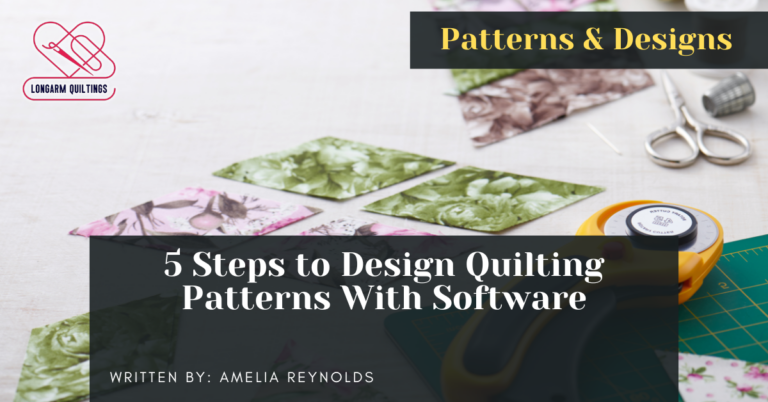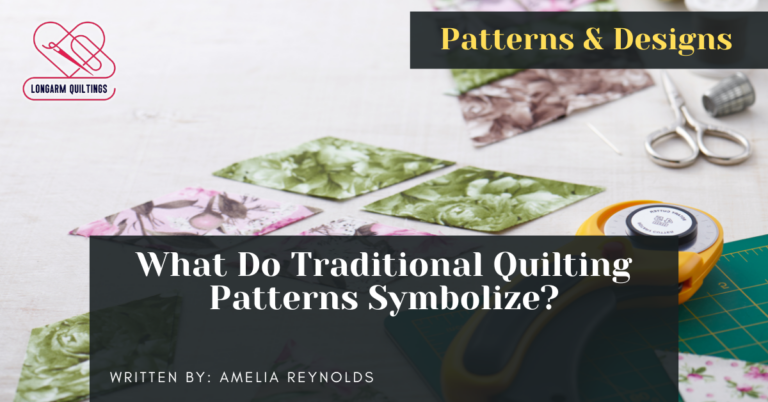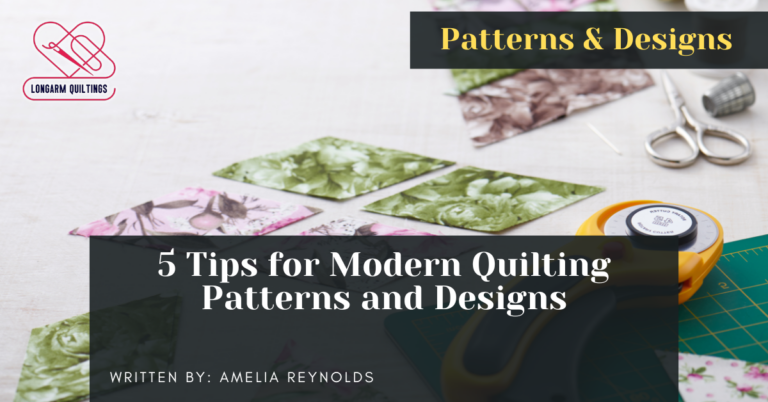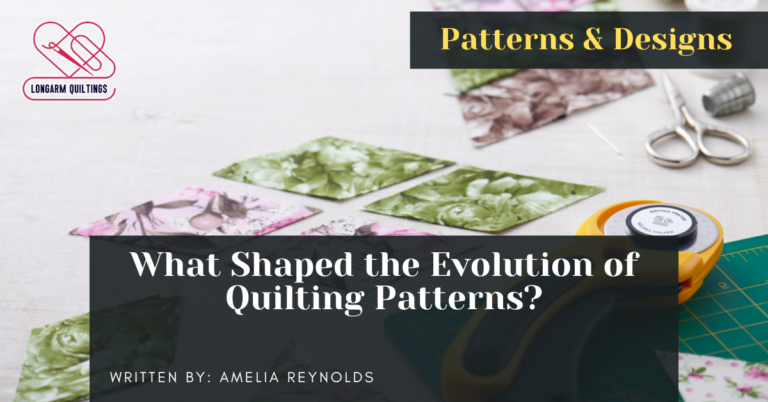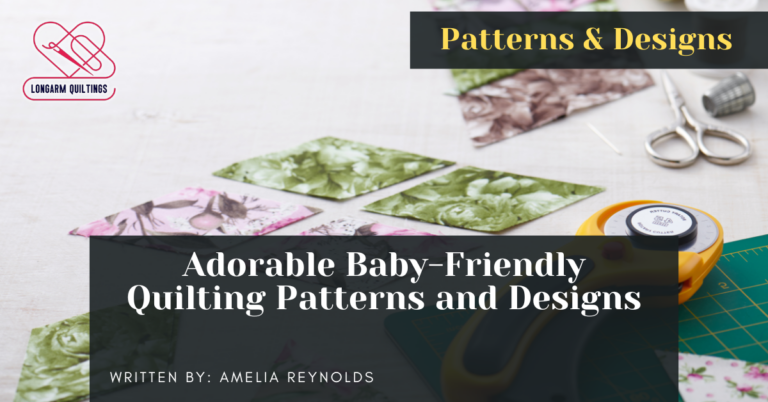In the world of quilting, the quest for originality and creativity is a pursuit cherished by many. Crafting unique quilting patterns requires a blend of skill, vision, and strategic thinking. From selecting the right color palette to incorporating personal touches, the process is a delicate dance between tradition and innovation.
However, there is a pivotal aspect that often goes unnoticed, a hidden gem that can elevate your quilts from ordinary to extraordinary. Stay tuned as we uncover this crucial element that can set your quilting creations apart in a sea of patterns.
Finding Inspiration for Your Quilting Patterns
Delving into the realm of unique quilting patterns necessitates a keen eye for inspiration that can be drawn from a myriad of sources, both traditional and unconventional. Nature-inspired designs offer a wealth of possibilities, with floral motifs, leafy patterns, and animal prints providing a rich tapestry of inspiration. The beauty of the natural world can be translated onto quilts through intricate stitching and creative fabric choices, bringing a touch of the outdoors into your quilting projects.
On the other hand, retro modern motifs offer a nostalgic yet contemporary twist to quilting patterns. Drawing inspiration from the geometric shapes and bold colors of past eras, these designs add a unique flair to your quilting projects. Combining the sleek lines of mid-century modern aesthetics with a fresh, updated color palette can result in truly one-of-a-kind quilts that blend the best of both worlds.
Experimenting With Colors and Fabrics
Exploring a vast spectrum of colors and fabrics can elevate the artistry and creativity of quilting projects, offering endless possibilities for unique and striking designs. When experimenting with colors and fabrics in quilting, consider the following:
- Color Combinations: Play around with contrasting colors to create visual interest in your quilt. Try combining complementary colors like blue and orange or experiment with analogous colors for a more harmonious look.
- Fabric Textures: Incorporating a variety of fabric textures can add depth and dimension to your quilt. Mix smooth silk with rougher textures like burlap or denim to create a tactile experience for viewers.
- Layering Fabrics: Experiment with layering different fabrics to create intriguing visual effects. Consider using sheer fabrics over solids or adding a layer of lace for a delicate touch.
Incorporating Personal Touches and Themes
To infuse your quilting projects with a distinctive flair, consider incorporating personal touches and themes that resonate with your unique style and preferences. Adding embroidery to your quilting patterns can be a wonderful way to personalize your creations. You can embroider meaningful dates, initials, or even small motifs that hold sentimental value to you. Customizing designs by incorporating elements that reflect your interests, such as nature, animals, or geometric shapes, can make your quilts truly one-of-a-kind.
When adding embroidery, think about using different stitches to create texture and depth in your designs. French knots, satin stitches, or chain stitches can add a beautiful dimension to your quilts. Additionally, consider mixing different fabrics to highlight specific elements of your design. For example, using a shiny satin fabric for embroidered flowers can make them stand out against a backdrop of cotton or linen.
Playing With Shapes and Layouts
Experimenting with various shapes and layouts can elevate the visual appeal and creativity of your quilting projects, allowing you to explore endless possibilities in design. When it comes to creating unique quilting patterns, playing with geometric designs and abstract arrangements can bring a whole new dimension to your work.
Here are some tips to help you make the most of shapes and layouts:
- Geometric Designs: Incorporating geometric shapes such as triangles, squares, or hexagons can add a modern and structured look to your quilt. Experiment with different sizes and arrangements to create visually striking patterns.
- Abstract Arrangements: Let your creativity run wild by arranging shapes in unconventional ways. Mix and match different shapes, overlap them, or create asymmetrical designs for a more artistic and contemporary feel.
- Play with Negative Space: Utilize negative space to create contrast and make your shapes stand out. Leaving areas empty can enhance the overall impact of your quilt and draw attention to specific design elements.
Utilizing Technology for Design Assistance
Harnessing the power of technological tools can significantly enhance the design process for quilting enthusiasts seeking to expand their creative horizons. Digital tools have revolutionized the way quilters approach pattern creation, offering a myriad of possibilities at their fingertips. Design software, in particular, has become an invaluable resource for quilters looking to experiment with different layouts, colors, and intricate details that would be challenging to envision manually.
With design software, quilters can easily manipulate shapes, sizes, and colors to visualize how different elements come together in a quilt pattern. These tools often provide features like drag-and-drop functionality, precise measurements, and the ability to undo or redo changes swiftly, streamlining the design process and allowing for more experimentation without the fear of making irreversible mistakes.
Moreover, digital tools enable quilters to save their designs electronically, making it convenient to revisit and modify them at any time. By embracing technology and incorporating digital tools into their creative process, quilters can push the boundaries of traditional quilting and unlock new levels of innovation in their craft.
Frequently Asked Questions
How Can I Overcome Creative Block When Designing Quilting Patterns?
To overcome creative block when designing quilting patterns, explore new techniques like appliqué or free-motion quilting. Seek inspiration from nature, art, or even everyday objects. Experiment with color schemes, shapes, and textures. Embrace the creative process to unlock fresh ideas.
What Are Some Unconventional Materials I Can Use in My Quilting Projects?
Fabric manipulation and mixed media techniques offer endless possibilities for unconventional quilting materials. Explore upcycled fabrics or incorporate found objects like buttons, lace, or even metal pieces to add unique textures and dimensions to your quilting projects.
How Can I Incorporate Sustainability Into My Quilting Patterns?
Incorporating sustainability into quilting patterns involves embracing eco-friendly techniques such as upcycling fabric scraps from old garments or textiles. By repurposing materials creatively, quilters can reduce waste and contribute to a more environmentally conscious crafting practice.
Are There Any Cultural or Historical Influences That Can Inspire Unique Quilting Patterns?
Cultural influences and historical inspiration offer a rich tapestry of ideas for creating unique quilting patterns. By exploring traditions, symbols, and stories from different cultures and time periods, quilters can infuse their projects with depth and meaning.
How Can I Add Texture and Dimension to My Quilting Projects?
To enhance your quilting projects, consider adding embellishments like beads, ribbons, or appliqués. Explore techniques such as trapunto, French knots, or ruching to create texture and dimension. These details can elevate your quilts and make them truly stand out.
Conclusion
In conclusion, creating unique quilting patterns requires finding inspiration, experimenting with colors and fabrics, incorporating personal touches, playing with shapes and layouts, and utilizing technology for design assistance.
By exploring different avenues of creativity and staying open to new ideas, quilters can develop truly one-of-a-kind designs that showcase their individual style and vision.
With dedication and innovation, the possibilities for creating unique quilting patterns are endless.

